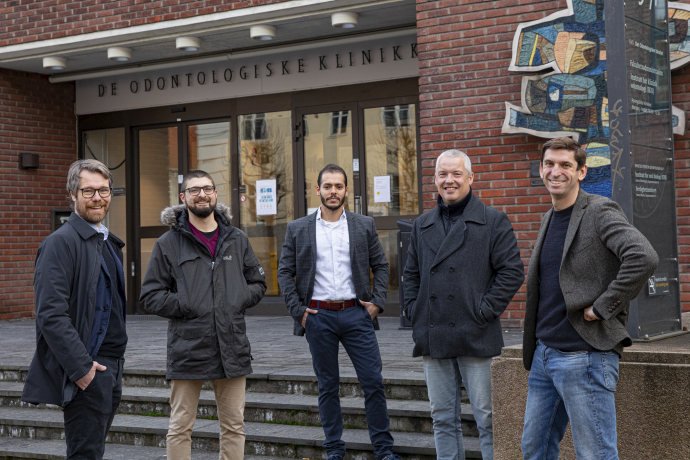Allocation of 2.5 million for research collaboration at UiO
The purpose is to gather and make available e-Infrastructure and professional IT expertise in 3D visualization that many share across disciplines and disciplines.
DIRE stands for Data vIsualization Remote access, and the Cultural History Museum is the host institute for the hub. Professional environments related to various 3D imaging technologies are included in the various nodes.
DIRE will establish and strengthen VDI (Virtual Desktop Infrastructure) for research groups at UiO and implement this in existing and new research collaborations at UiO and internationally. The VDI technology is also used in other research collaborations at the European level (H2020 project EXCITE)
The purpose is to gather and make available eInfrastructure and professional IT expertise in 3D visualization that many share across disciplines and disciplines. DIRE will establish and strengthen VDI (Virtual Desktop Infrastructure) for research groups at UIO and implement this in existing and new research collaborations at UiO. DIRE will provide more manageable and more efficient access to the best infrastructures for 3D visualization at UiO through the use of coordinated access to each other's equipment. Today, the use of the infrastructure available at DIRE is primarily through direct contact with a single researcher/research environment. But new technology that is made available in collaboration between researchers at UiO and USIT, means that such data processing can now take place in virtual infrastructures, and it provides an opportunity for advanced users via remote access and reduced need for travel.

DIRE will provide more accessible and more efficient access to the best infrastructures for 3D visualization at UiO through the use of coordinated access to each other's equipment. Today, the infrastructure available at DIRE is primarily through direct contact with a single researcher/research environment. But new technology that is made available in collaboration between researchers at UiO and USIT, means that such data processing can now take place in virtual infrastructures, and it provides an opportunity for advanced users via remote access and reduced need for travel.
HubNoden will look at the possibility of efficient processing of 3D models using VDI infrastructure. There are three possibilities for establishing a more efficient and time-saving service:
1) Implement and expand existing VDI infrastructure with hardware with a node expansion. 2) Explore the possibility of using UiO's new high-performance computing (HPC) system, Fox, to process 3D models. 3) Look at the possibility of using the AI / ML cluster of USIT for processing 3D models.
HubNoden will actively develop VDI for 3D image processing and share our knowledge and identify requirements and ways to implement additional VDI platforms for new 3D image technologies. The core group in the hub/node will make the methods better known by arranging seminars and workshops. In this way, the level of knowledge will be strengthened in the existing nodes, and new environments will become aware of the possibilities.
